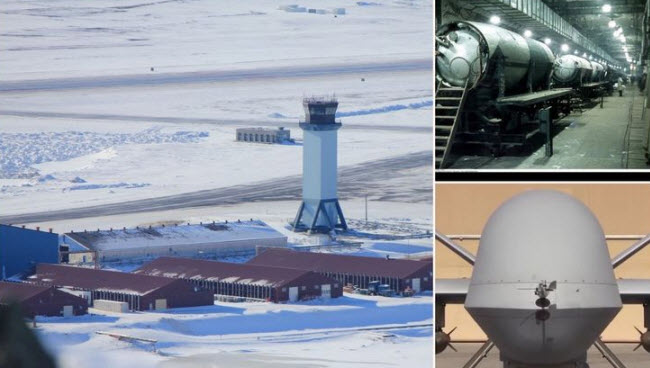During the Cold War, the United States and the Soviet Union, now Russia, were engaged in an ongoing rivalry that extended beyond the development of nuclear weapons to include innovative methods of delivering these weapons with utmost precision. Both superpowers understood that any nuclear attack would likely start with strikes against the opponent’s nuclear arsenals to limit their ability to retaliate in kind. Therefore, immense efforts were made to make nuclear weapons mobile, hidden, or otherwise isolated from attack. It was evident that each side adopted a different strategy: while the Soviets invested in armored trains capable of transporting their intercontinental ballistic missiles around Siberia and massive helicopters that could deliver nuclear payloads to remote launch sites, the Americans were working to establish launch bases on foreign soil. One such base was on the island of Greenland, where they built a secret nuclear facility under a program called Project Iceworm.
During this period, the Soviet military was intensely working to secure and fortify vast areas of the Arctic Circle. This region was strategically important because it represented the shortest distance between American and Soviet weapons systems and targets over the North Pole. As a result, both sides began competing for strategic positions in the Arctic, viewing it as a necessary arena for military dominance. To this end, the United States signed an agreement with the Danish government in 1960 to begin constructing a large military facility beneath the ice in northern Greenland. According to the U.S. Department of Defense, this facility, known as “Camp Century,” was intended to achieve several declared objectives, such as testing different construction methods in Arctic environments, evaluating the use of a semi-mobile nuclear reactor for power, and supporting ongoing scientific experiments in the area. However, the secret objectives, which were not disclosed, involved creating a vast network of tunnels beneath the ice capable of supporting the storage, transport, and launch of nuclear ballistic missiles designed specifically for Project Iceworm. This would enable the United States to launch a barrage of nuclear weapons at its adversaries from beneath the ice in the event of a potential war, making it difficult for the Soviets to pinpoint the launch sites or determine where the attacks were coming from.
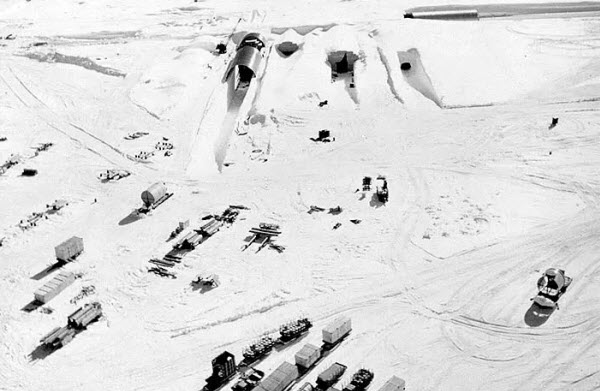
The implementation of Project Iceworm began with the construction of tunnels under an arched steel roof covered by layers of ice and snow. The U.S. Army essentially created a network of tunnels that could be used to build workspaces, living quarters, and even recreational areas, all supported by the world’s first semi-mobile nuclear generator. However, due to some later issues with this nuclear generator, it was replaced with conventional diesel equipment. The project progressed rapidly, and by the end of 1960, Camp Century included an area known as “Main Street,” which was more than 335 meters long, 7 meters wide, and 9 meters high. The camp also featured various facilities, including a small chapel, a basic library, a full gymnasium, and even a cinema. Each facility within the camp had one large common area and five individual rooms, separated from the surrounding ice by an air gap to reduce melting caused by internal heating. Deep holes were drilled into the ice cap to provide a fresh source of cold air and to help manage melting. At its peak, the camp housed more than 200 soldiers, sheltered from the frigid outside world under a cover of snow and ice.
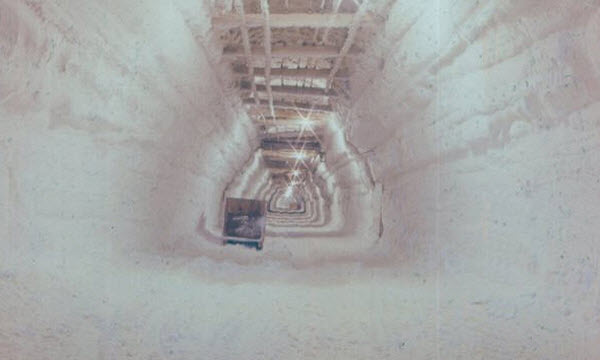
The long-term plan for Project Iceworm was to create and maintain 4,000 kilometers of tunnels to accommodate a stockpile of 600 specially modified, medium-range nuclear missiles, known as “Iceman.” These tunnels would also include rail tracks that could be used to quickly and easily transport large missiles from one location to another. Technical teams would be tasked with digging and fortifying new tunnels each year, with each new tunnel serving as a site for storing or launching missiles. This strategy would make it nearly impossible to track the missile arsenal or attempt to destroy it. The ultimate goal of Project Iceworm, if fully realized, was to have a complex covering an area of 140,000 square kilometers, larger than South Korea, staffed by 11,000 military personnel.
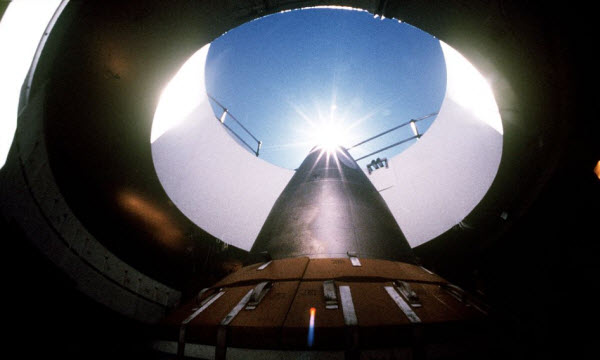
While the strategic value of a massive underground missile complex was clear, the challenges of building and maintaining military facilities beneath an ice sheet quickly proved to be more difficult than anticipated. The U.S. Department of Defense initially believed that the ice was relatively stable. However, it became apparent that the massive ice sheet, roughly the size of Texas, was anything but stable. By 1962, the ceiling of the room housing Camp Century’s nuclear reactor had dropped by 1.5 meters, necessitating expensive repairs to keep the facility operational. Core samples taken from the ice confirmed the scientists’ concerns: the ice cap was moving so rapidly that the entire facility would be unusable within just a few years. In 1963, the nuclear reactor was replaced with diesel generators, and America’s dreams of a massive underground missile complex in Greenland began to fade. By 1965, the facility was abandoned, only to be reassessed by a team of specialists in 1969 to evaluate its condition.
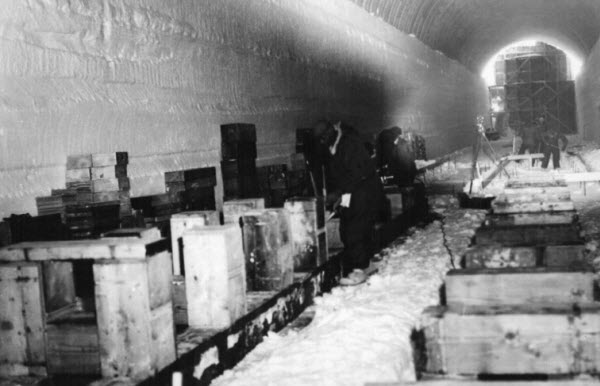
As Project Iceworm had been shrouded in secrecy from its inception, and based on the Pentagon’s conclusions, it was decided that the secrecy would remain upon its abandonment. Thanks to the heavy ice and snow development in the area, a significant amount of equipment, diesel fuel, and even nuclear waste were left behind in the abandoned tunnels to be permanently engulfed by the Arctic ice. This ensured that any concerns held by the U.S. Department of Defense were dismissed. However, as we have seen in the decades since, the ice sheets are no longer as permanent as they once were due to global warming. The ice covering the remnants of Camp Century continues to shrink, and experts estimate that all secrets of Project Iceworm will be revealed by 2090. This has sparked ongoing debate about who will ultimately be responsible for cleaning up the waste left in the area.
